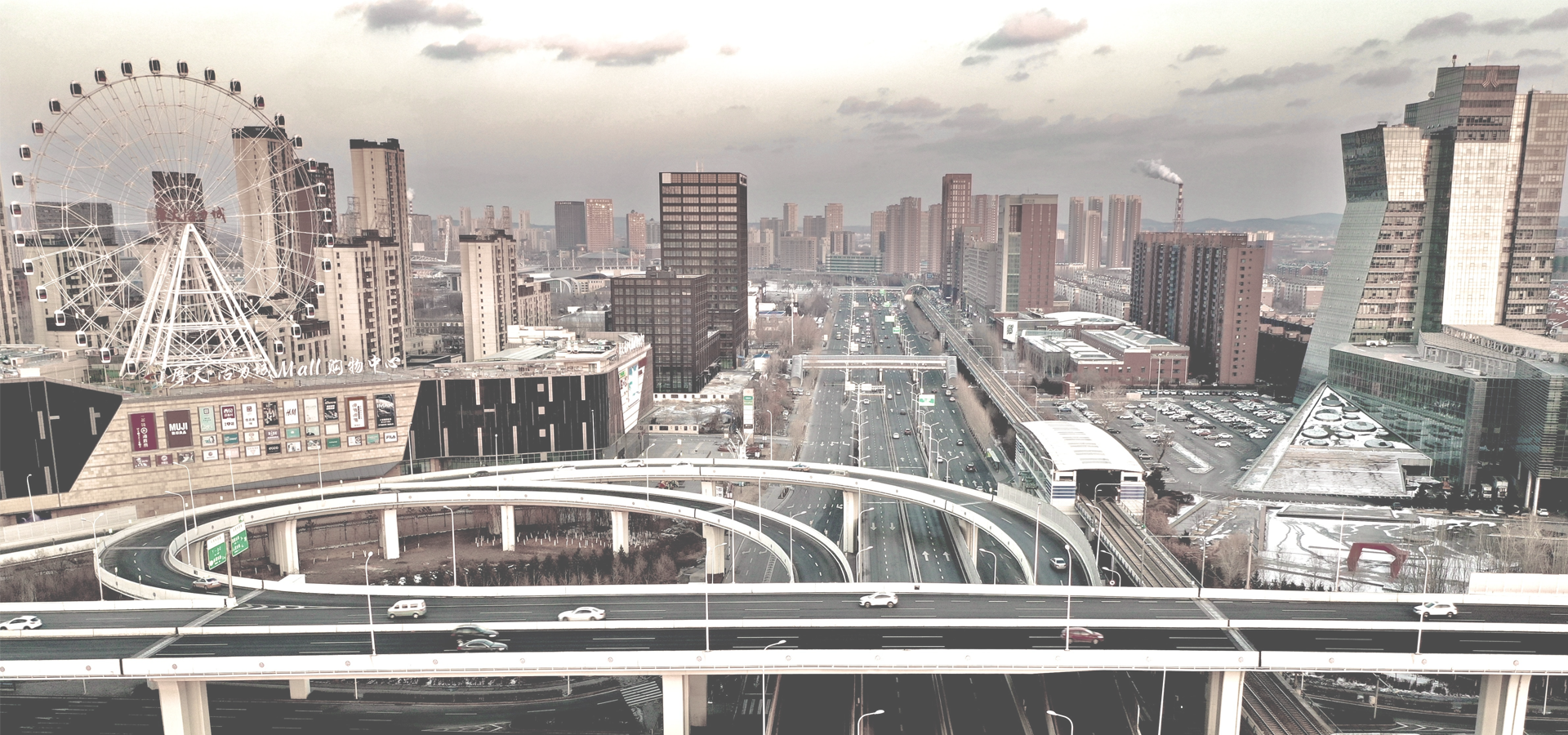Hunchun, Jilin Province, China
🇨🇳 Hunchun (珲春) is a county-level city in the Yanbian Korean Autonomous Prefecture, far eastern Jilin province. It borders North Korea (North Hamgyong province) and Russia (Primorsky Krai). The site of the eastern capital of Balhae/Bohai Kingdom between 785 and 793, Donggyeong, was located here.
The city and the village Fangchuan is located near the point of junction of the borders of China, Russia, and North Korea; provided with an observation platform, it is a popular tourist attraction.
Administrative divisions Hunchun has four subdistricts, four towns, and five townships: Subdistricts: • Xin'an Subdistrict (新安街道 / 신안가도), Jinghe Subdistrict (靖和街道 / 정화가도), Henan Subdistrict (河南街道 / 하남가도), Jinhai Subdistrict (近海街道 / 근해가도); Towns: • Chunhua (春化镇 / 춘화진), Jingxin (敬信镇 / 경신진), Banshi (板石镇 / 판석진), Ying'an (英安镇 / 영안진); Townships: • Hadamen Township (哈达门乡 / 합달문향), Machuanzi Township (马川子乡 / 마천자향), Mihong Township (密江乡 / 밀강향), Sanjiazi Manchu Ethnic Township (三家子满族乡 / 삼가자 만주족 향), Yangbaozi Manchu Ethnic Township (杨泡子满族乡 / 양포자 만주족 향).
Economy Since the early 1990s, the Chinese government invested a lot in transforming Hunchun into a regional economic centre, thanks in large part to the influence of the former Jilin governor Wang Zhongyu, whose work with Zhu Rongji allowed him to become the first head of China's State Economic and Trade Commission. On 9 March 1992 the Chinese parliament approved to set up Hunchun Border Economic Cooperation Zone. The national government and Jilin provincial government have invested in succession over four billion yuan in Hunchun through the 1990s.
On 16 March 2013, a joint agreement to export textiles to North Korea was announced. The textiles would be made into up to 8,000 shirts in North Korea and exported back to China.
Hunchun Border Economic Cooperation Zone was approved to be national-level border economic cooperation zone in 1992, with a planning area of 24 km² (9.3 sq mi). In 2002 and 2001, Hunchun Export Processing Zone and Hunchun Sino-Russia Trade Zone was set up in it. Being located in the junction of China, Russia, and Korea, it enjoys a strategic location. The city focuses on the development of sea food processing, electronic product manufacture, bio-pharmacy, textile industry and other industries.
Hunchun Export Processing Zone is located in 5 km² (1.9 sq mi) area in Hunchun Border Economic Cooperation Zone. Its planned area is 2.44 km² (0.94 sq mi). It enjoys good infrastructure and policies as its parent zone does.
Transport In the early 1990s, Jilin province government constructed a railway and improved the highway to Hunchun. The Tumen River Bridge connects between Hunchun and the North Korean village of Wonjeong (원정) in Sonbong. The bridge was built during the Japanese occupation in 1938. In 2010 the bridge was renovated as part of an agreement between North Korea and China to modernize the Rason port in North Korea. In addition, a new railway line was constructed which links Hunchun and Makhalino (a station on the Ussuriysk-Khasan line, 41 km (25 mi) before Khasan) in Russia and began operating in February 2000. Hunchun port is 42 km (26 mi) from Posyet and 63 km (39 mi) from Zarubino port towns of Russia.
The Jilin–Hunchun intercity railway, a 250-km/h high-speed passenger rail line from Jilin to Hunchun via Tumen (吉图珲铁路客运专线), began construction work in January 2011, and was scheduled and finished at the end of September 2015. The railway has been described as "Dongbei's most beautiful railway" (due to the terrain it runs through) and "the fastest way to Vladivostok" (4 hours by train from Shenyang to Hunchun, plus four hours by bus from Hunchun to Vladivostok). Reflecting the border location of the city, the train station has its sign in four languages: Chinese, Korean, Russian, and English.
Asia/Shanghai/Jilin

Hunchun has a population of over 250,000 people. Hunchun also forms part of the wider Yanbian Prefecture which has a population of over 2,271,600 people.
To set up a UBI Lab for Hunchun see: https://www.ubilabnetwork.org Twitter: https://twitter.com/UBILabNetwork
Twin Towns, Sister Cities Hunchun has links with:
🇯🇵 Hitachiōta, Japan 🇰🇷 Jeju City, South Korea 🇯🇵 Jōetsu, Japan 🇰🇷 Jung, South Korea 🇰🇷 Sokcho, South Korea🇪🇸 Santiago de Compostela 42.877
🇪🇸 Vitoria Gasteiz 42.85
🇮🇹 Ascoli Piceno 42.85
🇪🇸 Vitoria-Gasteiz 42.842
🇺🇸 Schenectady 42.818
Locations Near: Hunchun 130.366,42.863
🇨🇳 Tumen 129.85,42.967 d: 43.6
🇰🇵 Rason 130.383,42.333 d: 58.9
🇨🇳 Wangqing County 129.767,43.317 d: 70.1
🇨🇳 Longjing 129.433,42.767 d: 76.9
🇨🇳 Yanbian 129.183,43.133 d: 100.8
🇰🇵 Chŏngjin 129.79,41.785 d: 128.9
🇷🇺 Vladivostok 131.911,43.129 d: 129.1
Antipodal to: Hunchun -49.634,-42.863
🇦🇷 Mar del Plata -57.55,-38 d: 19154.8
🇺🇾 Maldonado -54.95,-34.9 d: 19017.7
🇺🇾 Montevideo -56.198,-34.907 d: 18964.4
🇺🇾 Canelones -56.284,-34.538 d: 18925.1
🇺🇾 Florida -56.215,-34.099 d: 18885.6
🇦🇷 Tandil -59.133,-37.317 d: 18999.6
🇧🇷 Rio Grande -52.099,-32.041 d: 18792.4
🇧🇷 Pelotas -52.341,-31.763 d: 18758